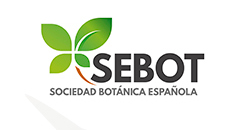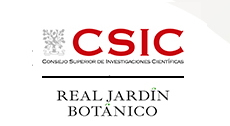Scientific Area
Abstract Detail
Nº613/703 - Systematics and morphological diversity of the cashew family (Anacardiaceae)
Format: ORAL
Authors
Susan K. Pell1, John D. Mitchell2
Affiliations
1 United States Botanic Garden, Washington, USA
2 The New York Botanical Garden, New York, USA
Abstract
Anacardiaceae is an ecologically and economically important plant family of about 800 species in more than 80 genera worldwide. Most well known for its commercial crops, cashew (Anacardium occidentale), mango (Mangifera indica), and pistachio (Pistacia vera), and its many contact dermatitis-causing species (e.g., poison ivy and oak; Toxicodendron spp.), the family includes many other regionally important taxa and exhibits substantial morphological diversity. Anacardiaceae is particularly diverse in leaf architecture, flower and fruit morphology, and pollination and dispersal syndromes. Fruit diversity is the primary reason 30 of the genera are monotypic and that so many genera are recognized in the family. Recently published Sapindales phylogenies and newly discovered Anacardiaceae fossils have shed new light on the evolution of structural diversity in the family. This presentation will provide an overview of the noteworthy morphological diversity of Anacardiaceae in the context of systematics and paleobotany. Several newly recognized taxa, including newly published and yet-to-be published genera, will be discussed.




